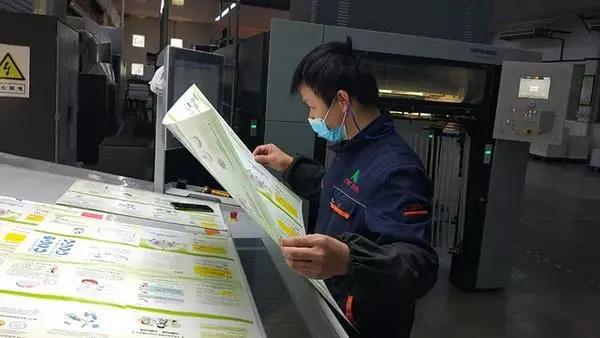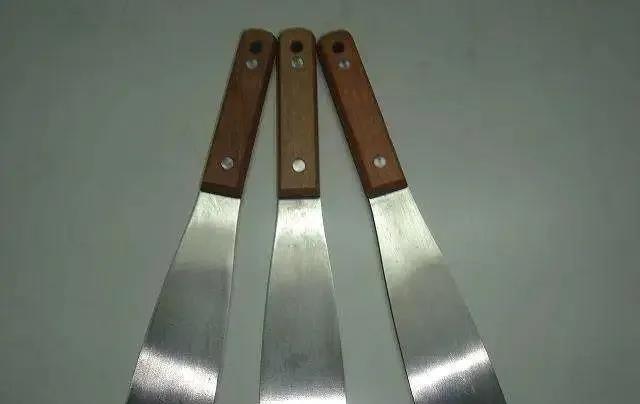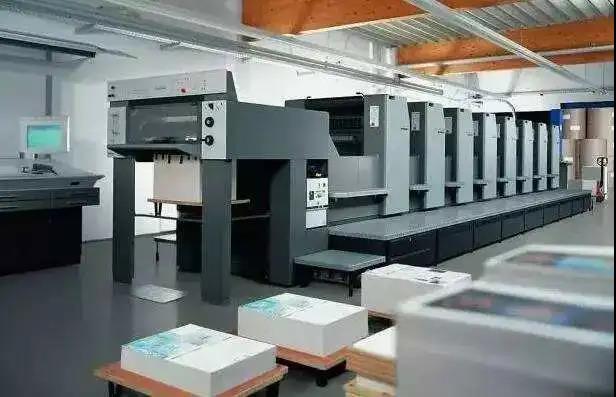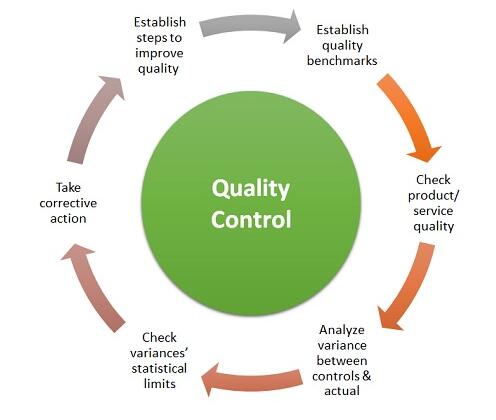Printing and color adjustment is the core content of the entire color difference adjustment. Normally, printing technicians in many companies only pay attention to experience or their own feelings when color adjustment. It is neither standard nor uniform. Just stay in a very primitive state of color correction, very casual. On the one hand, it has no effect on the improvement of chromatic aberration, and on the other hand, it is difficult to adjust the hue. Thirdly, there is no proper skill for shaping employees' color matching ability.
Before toning, special attention should be paid to avoid using printing ink systems of different manufacturers for color mixing. It is best to use printing inks of the same manufacturer for color mixing. The colorist must fully grasp the hue shift of various printing inks, which will help To control during the color mixing process. If the remaining printing ink is used before toning, you must first figure out the hue of the printing ink, check whether the identification card of the printing ink is accurate, it is best to use a squeegee to observe and compare the sample, and then Before adding, the weighing of the weight should be strengthened, and then the data should be recorded.
In addition, when adjusting the intensity of the spot color ink, you can also use the metering method for color mixing. The color sample must be evenly balanced when scraping the ink sample, and the white background should be supported, which is helpful for comparison with the unified standard sample. When the hue reaches more than 90% of the unified standard sample, strengthen the viscosity adjustment. We are able to proof, and then fine-tune it. It is worth mentioning that, in the process of color matching, special attention must be paid to the accuracy of the data. The accuracy of the electronic scale is very important for the subsequent process data parameter summary. When the printing ink ratio data is strengthened, after several times of practice, the color can be adjusted quickly and reasonably, and the color difference problem can also be avoided.
It is best to uniformly match the ink according to the size of the order, and it is best to complete the color matching work at one time to prevent the hue deviation caused by multiple color matching. It can reasonably reduce the chromatic aberration and the occurrence of the remaining printing ink. When checking the color, sometimes the color looks the same even under normal light, but it looks different under another light source. Therefore, you should choose to use a uniform standard light source for color viewing or color comparison.Printing and color adjustment is the core content of the entire color difference adjustment. Normally, printing technicians in many companies only pay attention to experience or their own feelings when color adjustment. It is neither standard nor uniform. Just stay in a very primitive state of color correction, very casual. On the one hand, it has no effect on the improvement of chromatic aberration, and on the other hand, it is difficult to adjust the hue. Thirdly, there is no proper skill for shaping employees' color matching ability.
Before toning, special attention should be paid to avoid using printing ink systems of different manufacturers for color mixing. It is best to use printing inks of the same manufacturer for color mixing. The colorist must fully grasp the hue shift of various printing inks, which will help To control during the color mixing process. If the remaining printing ink is used before toning, you must first figure out the hue of the printing ink, check whether the identification card of the printing ink is accurate, it is best to use a squeegee to observe and compare the sample, and then Before adding, the weighing of the weight should be strengthened, and then the data should be recorded.
In addition, when adjusting the intensity of the spot color ink, you can also use the metering method for color mixing. The color sample must be evenly balanced when scraping the ink sample, and the white background should be supported, which is helpful for comparison with the unified standard sample. When the hue reaches more than 90% of the unified standard sample, strengthen the viscosity adjustment. We are able to proof, and then fine-tune it. It is worth mentioning that, in the process of color matching, special attention must be paid to the accuracy of the data. The accuracy of the electronic scale is very important for the subsequent process data parameter summary. When the printing ink ratio data is strengthened, after several times of practice, the color can be adjusted quickly and reasonably, and the color difference problem can also be avoided.
It is best to uniformly match the ink according to the size of the order, and it is best to complete the color matching work at one time to prevent the hue deviation caused by multiple color matching. It can reasonably reduce the chromatic aberration and the occurrence of the remaining printing ink. When checking the color, sometimes the color looks the same even under normal light, but it looks different under another light source. Therefore, you should choose to use a uniform standard light source for color viewing or color comparison.
Printing squeegee
 Before production and processing, it is necessary to adjust the angle and position according to the graphic status of the printing plate roller, and pay special attention to the cleanness of the hand when the knife is cut. The angle of the squeegee is usually between 50-60 degrees. The squeegee should pay special attention to the uniformity of the three points on the layout, that is, the ink layer on the left, middle and right should be the same. In addition, you must pay special attention to check whether the three points of the squeegee blade are installed in balance before cutting the knife, and there will be no wave shape and one high and one low. This is very important for the stability of the hue of the printed product.
Before production and processing, it is necessary to adjust the angle and position according to the graphic status of the printing plate roller, and pay special attention to the cleanness of the hand when the knife is cut. The angle of the squeegee is usually between 50-60 degrees. The squeegee should pay special attention to the uniformity of the three points on the layout, that is, the ink layer on the left, middle and right should be the same. In addition, you must pay special attention to check whether the three points of the squeegee blade are installed in balance before cutting the knife, and there will be no wave shape and one high and one low. This is very important for the stability of the hue of the printed product.

 Quality awareness
Quality awareness